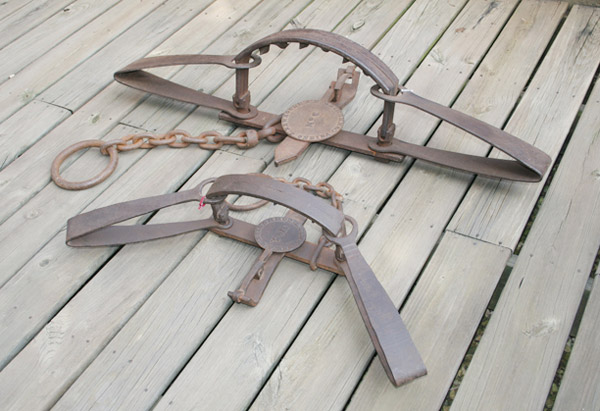So I have an old Newhouse bear trap and would like to get some set clamps for it.
Do the numbers correspond to eachother?
Would a #15 trap take a #15 clamp, or is the numbering system different between clamps and traps?
Do the numbers correspond to eachother?
Would a #15 trap take a #15 clamp, or is the numbering system different between clamps and traps?














